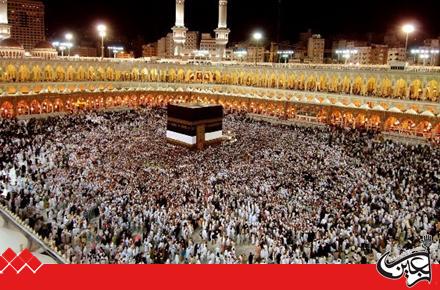Grand Shiite sources of emulation Ayatollahs Makarem Shirazi, Shobeiri Zanjani, Sobhani, Vahid Khorasani, and Nouri Hamedani, in separate meetings on Wednesday with Hojjatoleslam Ali Qazi-Askar, the representative of the Leader of the Islamic Revolution in Hajj and pilgrimage affairs, reiterated the significance of Hajj and participation of Iranian pilgrims in the annual pilgrimage.
Iran announced in mid-March that applicants can go on Hajj pilgrimage this year following negotiations with Saudi officials after a hiatus in the wake of a diplomatic row with the kingdom.
In 2016, more than 1.8 million pilgrims attended Hajj, but Iranians stayed at home after tensions between Riyadh and Tehran boiled over following a deadly crush of people during the 2015 pilgrimage.
On September 2, 2015, thousands of people lost their lives in the deadly crush after Saudi authorities blocked a road in Mina during a ritual, forcing large crowds of pilgrims to collide.
The crush was the deadliest incident in the history of the pilgrimage. According to an Associated Press count based on official statements from the 36 countries that lost citizens in the disaster, more than 2,400 pilgrims were killed in the incident.
Saudi Arabia claims nearly 770 people were killed, but officials at Iran’s Hajj and Pilgrimage Organization say about 4,700 people, including over 460 Iranian pilgrims, lost their lives.

